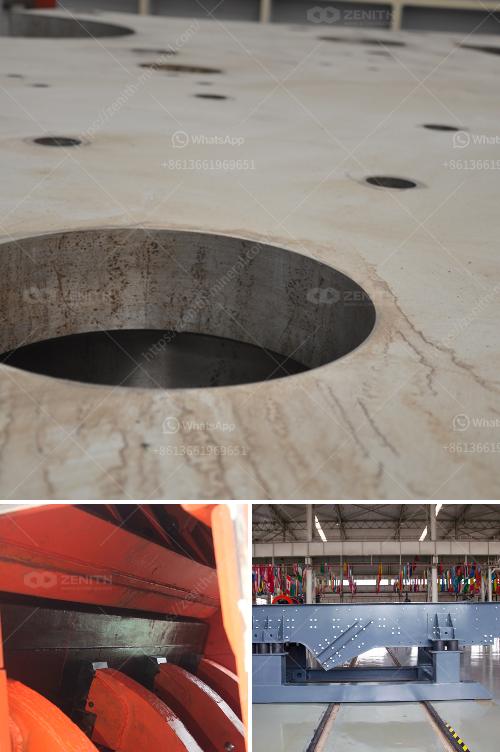Building a small limestone mill production line involves several steps, including planning, equipment selection, installation, and operation. Here’s a detailed guide to help you through the process:
1. Planning and Design
Site Selection
- Location: Choose a site that is close to the limestone source to reduce transportation costs.
- Space: Ensure there is enough space for the mill, storage of raw materials, and finished products.
- Infrastructure: Check for the availability of essential infrastructure like roads, electricity, and water supply.
Regulatory Compliance
- Permits: Obtain necessary permits and licenses from local authorities.
- Environmental Impact: Conduct an environmental impact assessment and implement measures to minimize pollution.
2. Equipment Selection
Primary Crusher
- Function: Crush large limestone rocks into smaller pieces.
- Types: Jaw crusher, impact crusher, or gyratory crusher.
Secondary Crusher
- Function: Further reduce the size of limestone pieces.
- Types: Cone crusher or impact crusher.
Grinding Mill
- Function: Grind the crushed limestone into fine powder.
- Types: Ball mill, Raymond mill, or vertical roller mill.
Conveyors and Feeders
- Function: Transport limestone between different stages of the production line.
- Types: Belt conveyors, screw conveyors, and vibrating feeders.
Dust Collection System
- Function: Collect and filter dust generated during crushing and grinding.
- Types: Baghouse filters, cyclone separators, or electrostatic precipitators.
3. Installation
Foundation and Civil Works
- Foundation: Construct a strong foundation to support heavy machinery.
- Buildings: Erect buildings for housing the mill and storage areas.
Equipment Installation
- Alignment: Ensure proper alignment of crushers, mills, and conveyors.
- Connections: Connect electrical and control systems.
4. Operation
Raw Material Handling
- Storage: Store raw limestone in a covered area to prevent contamination.
- Feeding: Use feeders to ensure a consistent flow of limestone into the crushers.
Crushing and Grinding
- Primary Crushing: Feed large limestone rocks into the primary crusher.
- Secondary Crushing: Transfer crushed limestone to the secondary crusher.
- Grinding: Feed the crushed limestone into the grinding mill to produce fine powder.
Quality Control
- Sampling: Regularly sample the limestone powder to ensure it meets quality standards.
- Adjustments: Make necessary adjustments to the equipment to maintain product quality.
5. Maintenance
Routine Checks
- Inspections: Regularly inspect equipment for wear and tear.
- Lubrication: Ensure all moving parts are properly lubricated.
Repairs
- Spare Parts: Keep an inventory of essential spare parts.
- Downtime: Schedule maintenance during off-peak hours to minimize production loss.
6. Safety Measures
Training
- Operators: Train operators on the safe use of machinery.
- Emergency Procedures: Establish and train staff on emergency procedures.
Protective Gear
- PPE: Provide personal protective equipment (PPE) such as helmets, gloves, and dust masks.
Conclusion
Building a small limestone mill production line requires careful planning, selection of appropriate equipment, and adherence to safety and regulatory standards. By following these steps, you can set up an efficient and productive limestone milling operation.

